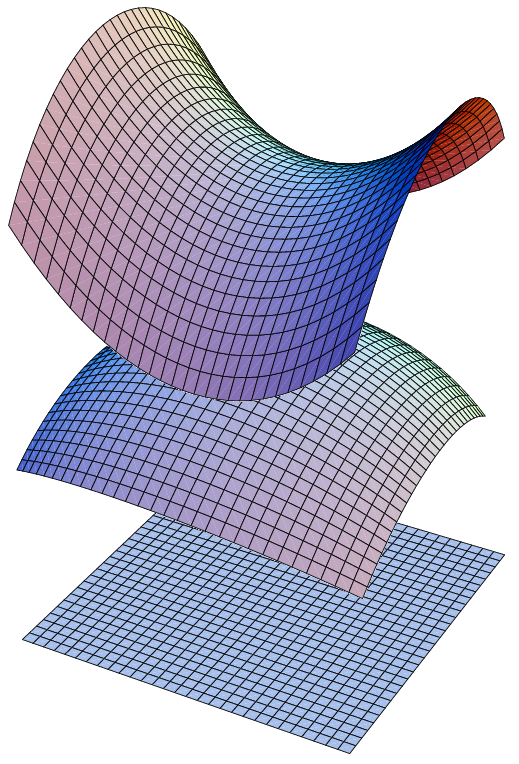DISClaimer: I don't play PDGA tournaments, so I don't know all of the nuances of how the rules are applied in actual situations. Also, I don't keep track of every rule change.
SO, this is probably a dumb question that most people know the answer to... but since I don't know the answer I will ask anyway...
Scenario:
Final Round, hole 5. Schusterick's 3rd shot, a high hyzer, over the lake doesn't clear, goes in the lake, and is OB. The spotter places a flag on the shore near the basket. (See the SpinTV video at 14:32-14:46.) I can't tell from the camera angle if the path of the disc even crossed over land, but the disc certainly never touched land in bounds.
Will takes his 4nd shot (start at 15:50) 1m from the flag on the inbounds side, near the basket.
My question:
I thought that a disc had to actually touch in bounds to be played from the inbounds side, and if not then it is played from the point where it went out. That would mean that Will would throw from the other side of the lake where the disc went over the OB line, a far longer shot.
Obviously, Will did the right thing, and no one disputed it.
It's just that I personally just don't understand why the rule was applied in this way? What am I missing? All I can guess is that OB line on the basket side has verticality so that if the disc crosses back in bounds in the air then the flag is placed where the disc went back out from IB to OB. I have researched both the PDGA OB rules and the USDGC Caddy book and I still don't see a clear answer that addresses this, so I assume this is something that tournament players all just know.
I would appreciate someone clearing this up for me, so that I will know the correct way to play OB shots.
The disc does not have to physically touch the ground in-bounds to have been considered to have crossed in-bounds. All OB lines have what you (correctly) call verticality.
804.04 Out-of-Bounds
E. The out-of-bounds line represents a vertical plane. Where a player's lie is marked from a particular point within one meter of the out-of-bounds line, the one-meter relief may be taken from a point upward or downward along the vertical plane.
All the disc has to do is break the plane. You say you expected that he should have played where the disc "went out". You determine that point by estimating where he broke the plane on the near side, right? Same principle applies no matter how many times the disc goes out/in/out/in in its flight.
